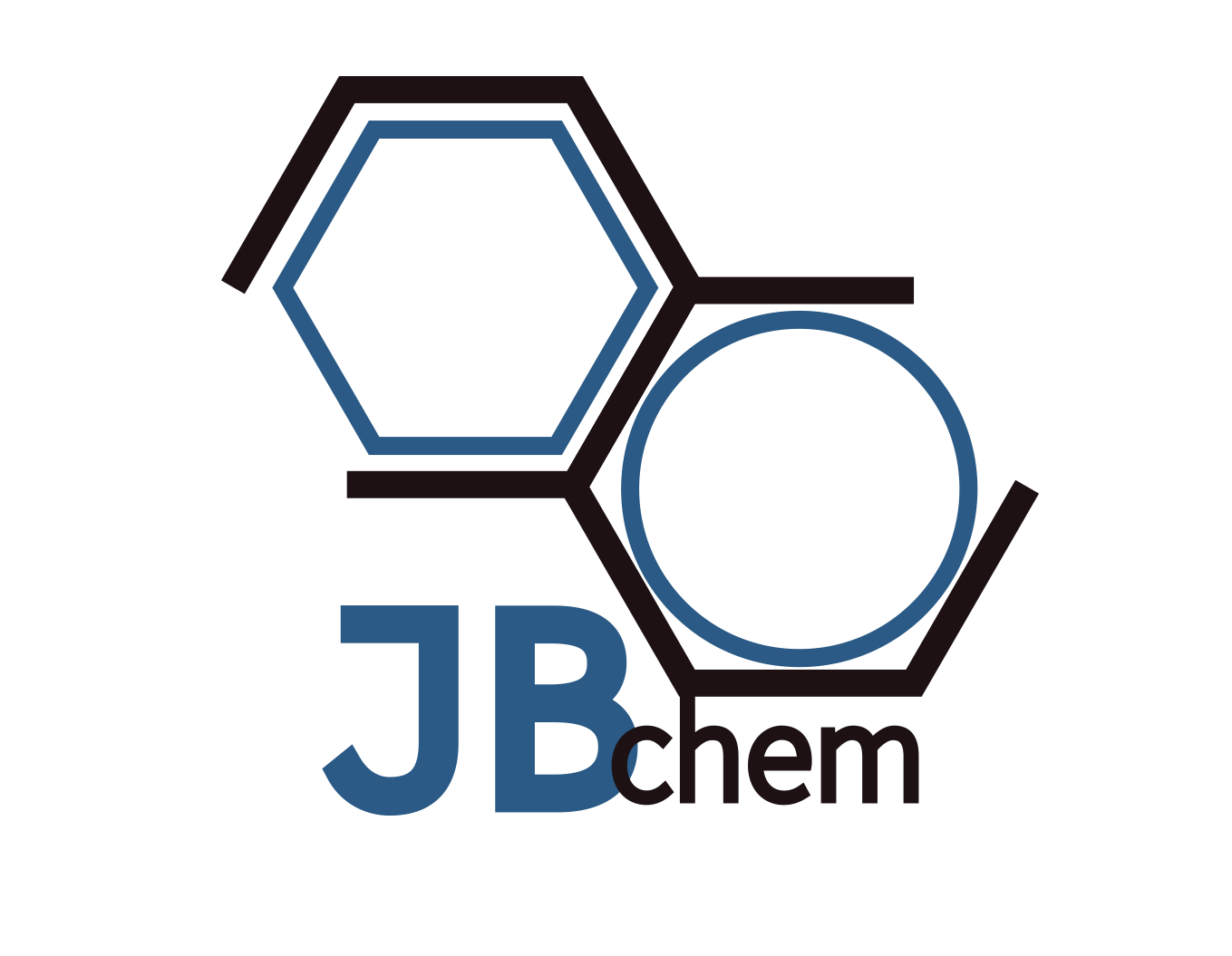Products
JB-PrCl3.xH2O Praseodymium Chloride
JB-CeCl3.xH2O Cerium Chloride
JB-LaCl3.xH2O Lanthanum Chloride
JB-TbCl3.6H2O Terbium Chloride
JB-LuCl3.6H2O Lutetium Chloride
JB-ScCl3.6H2O Scandium Chloride
JB-SmCl3.xH2O Samarium Chloride
JB-DyCl3.6H2O Dysprosium Chloride
JB-ErCl3.xH2O Erbium Chloride
JB-GdCl3.6H2O Gadolinium Chloride
JB-EuCl3.6H2O Europium Chloride
JB-YCl3.6H2O Yttrium Chloride
JB-NdCl3.xH2O Neodymium Chloride
JB-YbCl3.xH2O Ytterbium Chloride
JB-TmCl3.xH2O Thulium Chloride
JB-HoCl3.6H2O Holmium Chloride
Chlorine (Cl) is a highly reactive, yellow-green gas at room temperature, belonging to the halogen group in the periodic table. It has a distinctive, strong odor and is known for its powerful disinfectant properties.
Physical Characteristics:
- Atomic Number: 17
- Atomic Weight: 35.453 u
- Density: 3.2 g/L at 0°C and 1 atm (gas), around 1.56 g/cm³ in its liquid form at -34°C
- Melting Point: -101.5°C (-150.7°F)
- Boiling Point: -34.04°C (-29.27°F)
Applications:
- Water Treatment: Chlorine is widely used for disinfecting drinking water and swimming pools, effectively killing bacteria and other pathogens to prevent waterborne diseases.
- Bleaching Agent: In the form of chlorine bleach (sodium hypochlorite), it is used extensively in the textile industry, paper production, and household cleaning products to remove stains and whiten fabrics.
- Chemical Industry: Chlorine is a key reactant in the production of various chemicals, including solvents, pesticides, and plastics like PVC (polyvinyl chloride).
- Pharmaceuticals: It plays a crucial role in synthesizing a wide range of pharmaceuticals and medical products, contributing to public health and medicine.
Compounds:
- Sodium Hypochlorite (NaClO): A primary ingredient in bleach and disinfectants, used for cleaning and water treatment.
- Hydrochloric Acid (HCl): Produced by combining chlorine with hydrogen, this strong acid is utilized in industrial processes, including metal cleaning, pH regulation, and food processing.
- Chlorofluorocarbons (CFCs): Although their use is now heavily restricted due to their harmful effect on the ozone layer, CFCs were once widely used as refrigerants and propellants.
- Polyvinyl Chloride (PVC): Chlorine is a critical component in manufacturing PVC, a versatile plastic used in construction, piping, and medical devices.
Basics on Boron-Wikipedia

